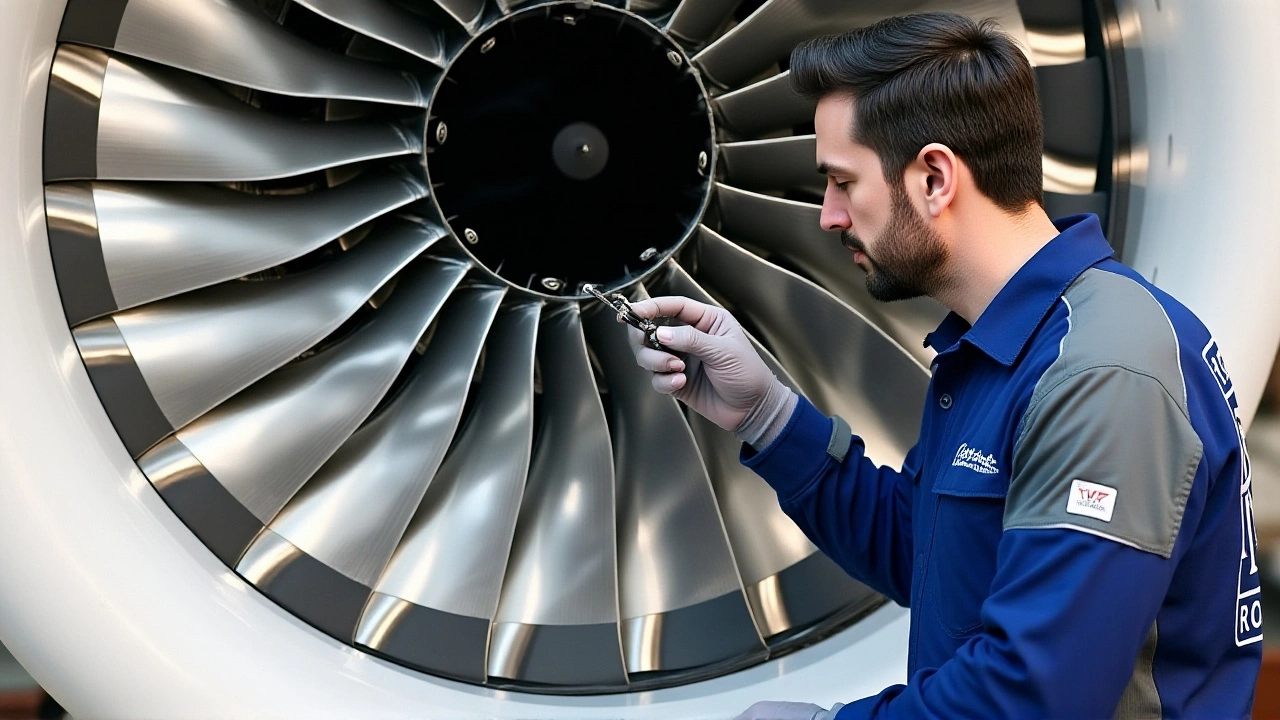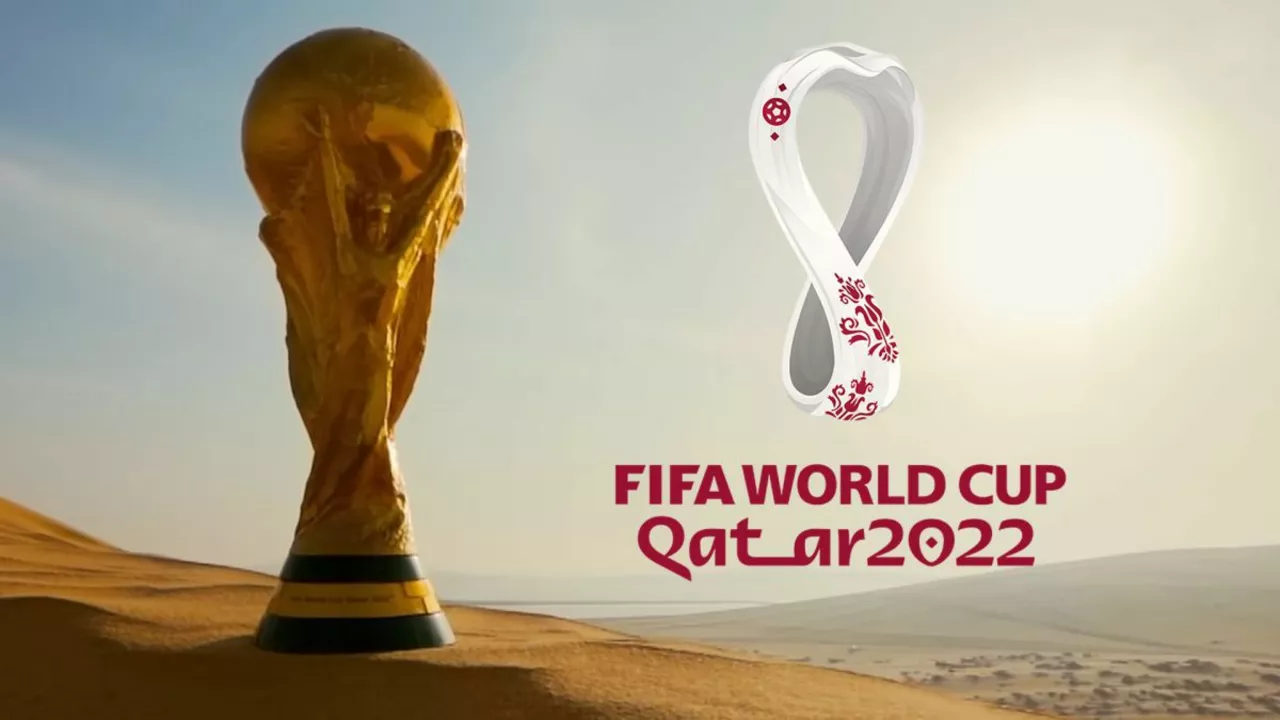Sports Economics: Money, Fans and the Game
Ever wondered why you hear so much about transfer fees, sponsorship deals and ticket prices? It’s because football is a massive money machine. Understanding the cash flow helps fans grasp why clubs make certain decisions and why governments invest in stadiums.
Why football money matters
Every dollar that rolls in influences player wages, youth programs and the quality of the matches you watch. Clubs rely on three main sources: matchday income, broadcasting rights and commercial deals. Matchday income comes from tickets, food, drinks and merchandise sold at the stadium. Broadcasting rights are fees paid by TV networks to show games – a huge chunk for top leagues. Commercial deals cover everything from kit sponsors to brand partnerships.
When a club earns more, it can afford better facilities, more staff and stronger youth academies. That, in turn, improves the level of play, which draws even more fans and sponsors. It’s a cycle that keeps the sport growing, but it also creates pressure to perform financially as well as on the pitch.
Big events that change economies
One of the biggest cash generators in football is a major tournament. Take the 2022 World Cup in Qatar as a real‑world example. Analysts estimate the event could bring the host country upwards of $10 billion. That money comes from ticket sales, sponsorships, broadcasting fees and a huge surge in tourism.
Beyond the immediate cash, Qatar expects long‑term benefits. New stadiums, improved transport links and worldwide exposure can attract future investments. The country also hopes the tournament will boost its reputation as a sports destination, opening doors for other events.
For fans, this means more high‑quality matches, better facilities and, sometimes, higher ticket prices. For the host, it’s a chance to showcase the nation and spur economic growth. The trade‑off is that the event requires massive upfront spending – stadiums, security, marketing – which can strain budgets if revenues fall short.
Other tournaments like the UEFA Euro or the Copa America follow a similar pattern. They flood the host cities with visitors, spark local business growth and generate media buzz. However, the impact varies. Smaller nations might see a modest boost, while football powerhouses can see millions flowing into clubs and local economies.
So, what does this mean for you as a fan? Knowing where the money comes from helps you see why clubs push for TV deals, why ticket prices rise before a big match, and why sponsors flood stadiums with ads. It also explains why you’ll hear talk of “financial fair play” – governing bodies want to keep spending in check so clubs don’t go broke.
On a personal level, keeping an eye on football finances can be a smart move. If you follow a club’s revenue streams, you can gauge its stability and potential for success. It also makes the sport more interesting – every transfer becomes a story about value, risk and return.Bottom line: football isn’t just about goals and celebrations. It’s a giant economic engine that moves money, jobs and opportunities worldwide. Whether you’re a casual fan or a budding analyst, understanding the basics of sports economics gives you a deeper appreciation of the beautiful game.

Rolls-Royce Shares Drop 12% After Stellar 2025 Surge, Analysts Question Buy Signal
Rolls-Royce shares fell 12% after a 93% 2025 surge, triggering a correction, but strong cash flow, data center demand, and next-gen engine development suggest the rally may just be pausing—not ending.
More Detail
How much money would Qatar earn from the 2022 World Cup?
The 2022 World Cup is set to bring in a hefty sum for Qatar. It's estimated that the country could earn upwards of $10 billion from the event. This income will come from a variety of sources, like ticket sales, sponsorships, broadcasting rights, and tourism. This doesn't even account for the potential long-term economic benefits from improved infrastructure and global exposure. Truly, the World Cup is a game-changer for Qatar's economy.
More Detail